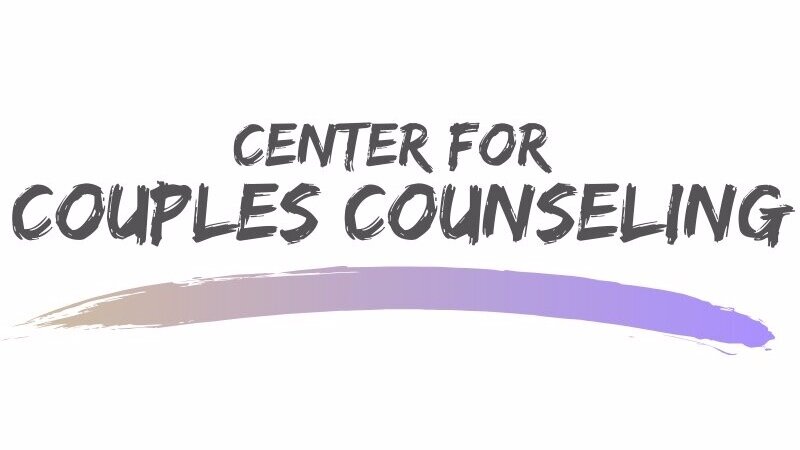Tackling Relationship Conflict from the Inside Out
Emotions.
What a loaded word for so many of us. It seems like emotions should be straightforward and easy to deal with. After all, we experience them right from the start. But actually, emotions are complicated, constantly changing and evolving, and often uncomfortable.
Many therapists have been discussing and writing about Disney Pixar’s newest hit movie, INSIDE OUT. If you’re like me, you can’t wait for any new Disney Pixar movie to come out. Animated movies are sophisticated these days, visually and thematically. The movie follows a young 11 year old girl named Riley, but the majority of the story takes place inside her head. Five emotions are represented as Joy, Anger, Fear, Disgust, and Sadness. Many people are rejoicing as the movie helps parents to understand and relate to their children, as well as provides a tangible way to talk about emotions.
I agree that INSIDE OUT is full of visual representations of emotional development and how they affect the behaviors of a young preteen. But why limit the message of the movie to just parent and child relationships? This movie has something to teach all of us, especially in regards to interpersonal relationships. I’ll try not to spoil any major plot points along the way, but I will be discussing relevant themes using examples.
Lesson 1: When Anger takes over, it’s difficult to engage in rational discussions.
There is a dinner scene in the movie in which Riley’s parents are trying to talk to her about going to a new school. The discussion escalates, and Anger takes over causing Riley to storm off and leave the interaction. At another point, Anger takes over the dashboard for a prolonged period of time, shutting down the entire system. This happens all the time in conflict discussions with our partners. We get angry or feel threatened by what our partner has done or said, our prefrontal cortex (which is responsible for decision making and logical thinking) shuts down, and we stop listening. There is no longer a constructive conflict discussion happening, but instead a negative interaction. As adults, we may not stomp off (or we might), but we often find destructive ways to strike out against our partners. Use other strategies to manage Anger before it takes over your behaviors. As pointed out in the movie, emotions can work together to help us navigate more effectively through life and relationships.
Lesson 2: Who is controlling your dashboard?
In the movie, Joy is in charge of Riley’s emotions and makes decisions about who controls her dashboard, behaviors, and thoughts. At various points, different emotions take over the buttons and respond to external influences appropriately. During conflict discussions, it is sometimes difficult to establish which emotion is in control. If you are working with a therapist, they can help you get to the underlying emotions that are keeping your conflict cycle active. But if you’re not in session at the moment, ask your partner who is controlling their dashboard when they say or do something that doesn’t make sense. It’s likely an emotion that you would not have expected and can help both of you connect the dots. This strategy can work in tandem with those oh so cliché, yet effective, “I statements.” “I statements” can be difficult for beginners because the hardest part is identifying the emotion, but once you know who is in control, formulating that sentence becomes so much easier. Here’s the formula: “I feel ___(emotion)___ when _____(situation)_____ because _____________. What I need is ________________.”
Lesson 3: Emotions have protective functions that are deeply ingrained.
The movie does an excellent job of showing how our emotions are helpful in protecting us. In the opening scene, we see how Disgust saved Riley from a perceived poisonous food, broccoli. Fear helped her to slow down and step over a chord instead of tripping and hitting her head when she was running around the house. Just like in our childhood, emotions can serve us in our relationships. Fear can signal us that our partners are escalating, triggering us to use what Gottman calls a repair attempt. A repair attempt is a statement or action designed to keep negativity from getting out of control. Sadness can tell you that you’re in pain and need to discuss your feelings with your partner with the goal of changing the way you interact in the future. Recognizing that emotions have an important function for you individually and in your relationship can help you embrace them and stop avoiding them. Which brings me to the next lesson…
Lesson 4: Emotions are not the enemy; avoiding them is not helpful.
One of the first strategies that changed my life as a therapist was learning to think about emotions as “comfortable and uncomfortable” versus “good and bad.” Emotions are not good or bad. As discussed above, emotions help us navigate through life. The movie does a great job of illustrating how avoiding an uncomfortable emotion, such as Sadness, can have damaging effects. In the context of a relationship, there are two people’s emotions interacting and affecting one another. Combine that with each person’s individual history and family of origin issues, and it gets complicated quickly. It’s easier to avoid sharing an uncomfortable emotion with your partner, but doing this actually leads to a number of relationship problems down the road. Find a safe space and time to talk about your feelings, or go to therapy. Emotions are powerful and need to be expressed.
How will you use the movie INSIDE OUT to tackle your relationship conflict? What helped you feel more comfortable in talking about emotions? Please comment below.

